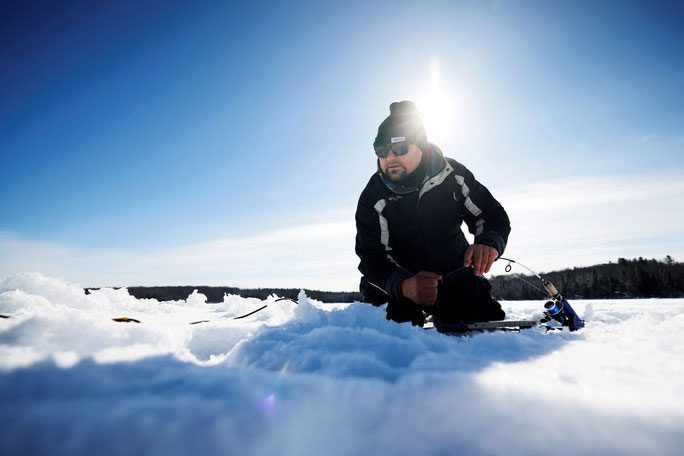A group of 60 leading scientists, including former NASA Administrator James Hansen and led by atmospheric science professor Sarah Doherty from the University of Washington, publicly released an open letter on February 27, calling for research into solar geoengineering techniques, specifically “solar radiation management”, to temporarily cool the Earth.
This method involves spraying aerosol particles into the atmosphere, creating an artificial layer of “clouds” that helps reflect sunlight, thereby slowing down the global warming process.
The magazine Politico cited the group’s argument that they do not view this as a solution to climate change, but rather that merely reducing pollution is not enough.
“Reducing emissions is crucial, but no current mitigation efforts can reverse the warming effects of past and present greenhouse gas emissions” – the group of scientists wrote, calling for a quick and rigorous scientific assessment of how this technique works and its potential dangers.

Canada is experiencing an unusually warm winter, putting ice fishermen at risk due to thin ice on February 22. (Photo: REUTERS).
Almost simultaneously, a report from a group of experts convened by the United Nations Environment Programme (UNEP) also discussed this technology.
They argued that the “theoretical technology group” related to solar radiation reflection should not be used now, but this view could change if current climate actions prove insufficient, provided that thorough research is conducted.
According to the report, this is a feasible solution that could quickly “cool down” the Earth within a few years, with costs considered to be “relatively low” – approximately $20 billion to reduce temperatures by 1 degree Celsius per year, a price within reach for many countries and organizations. However, this approach could lead to acid rain, weaken the ozone layer, and many other side effects that are not yet fully understood.


















































